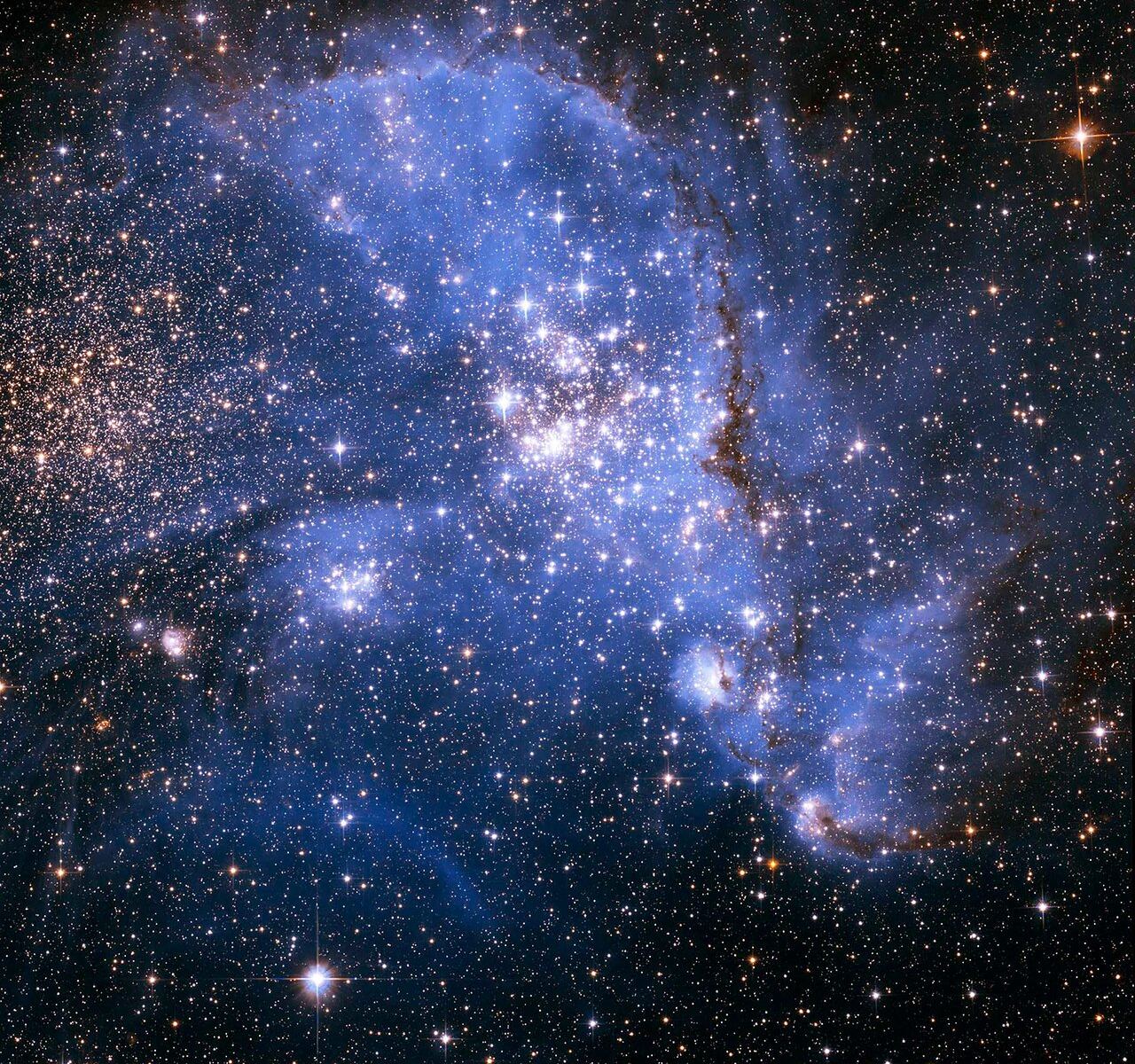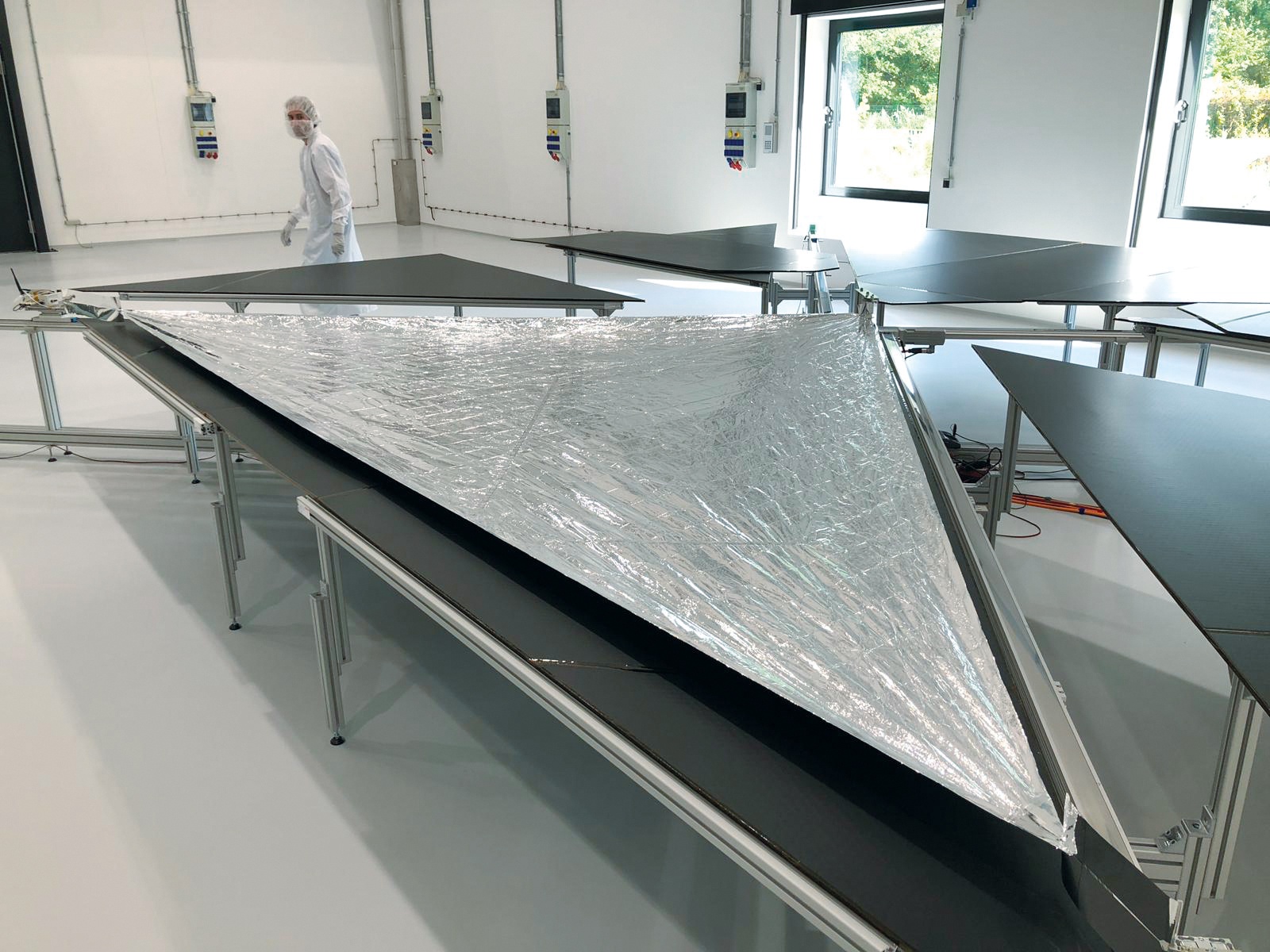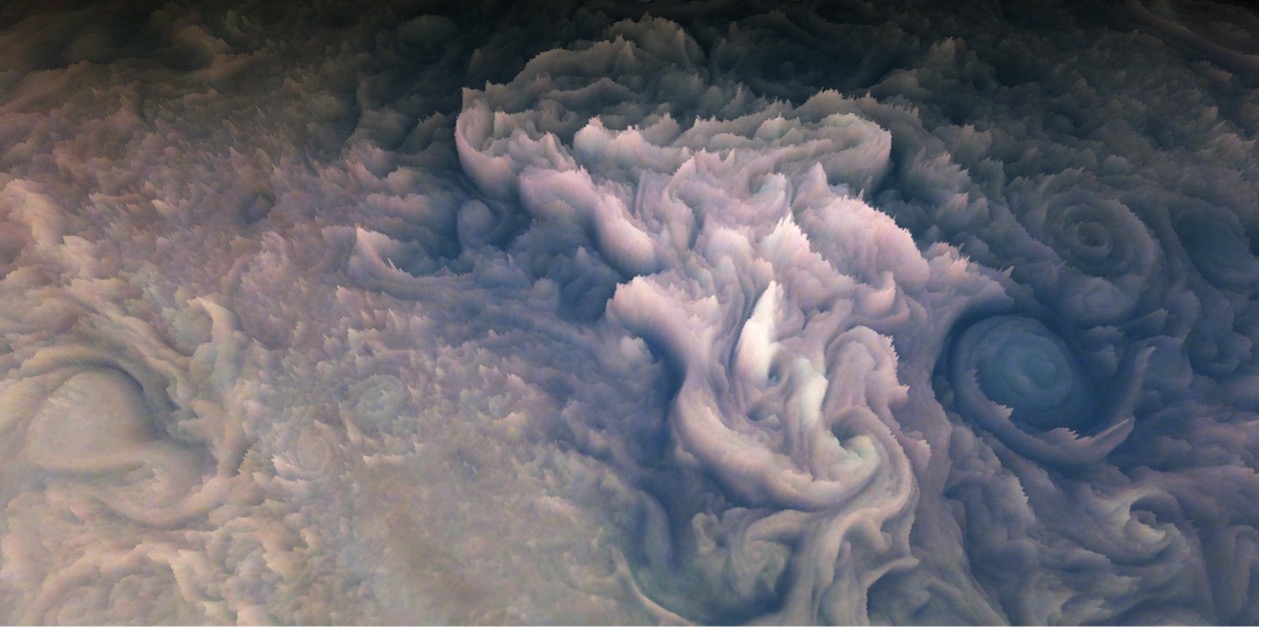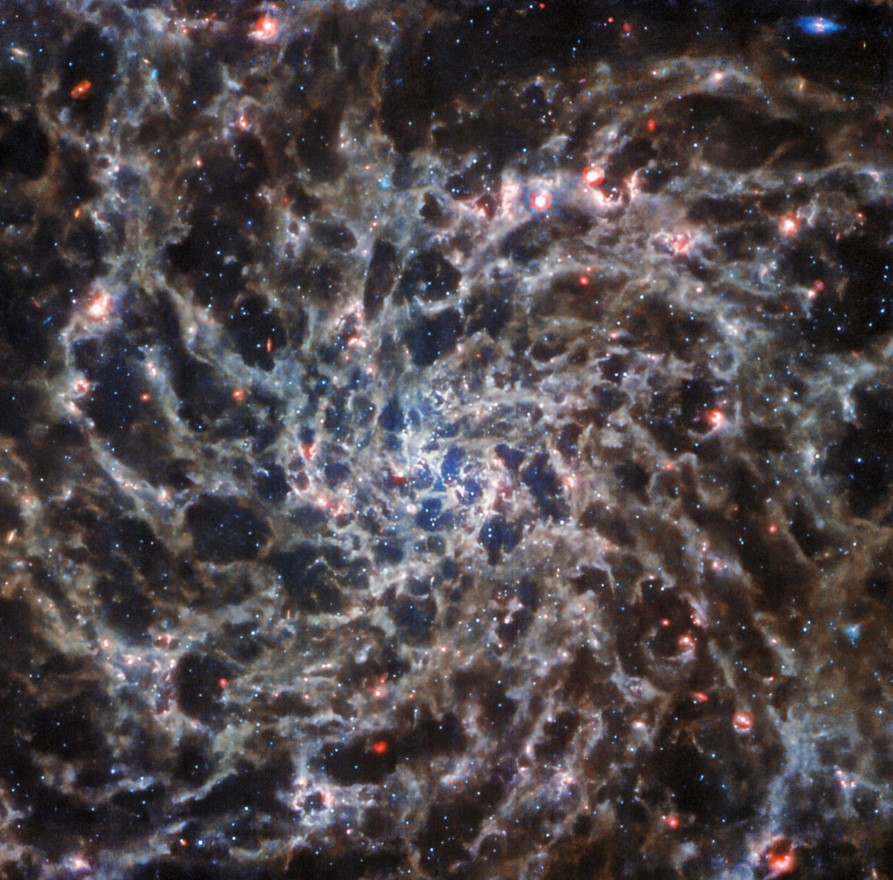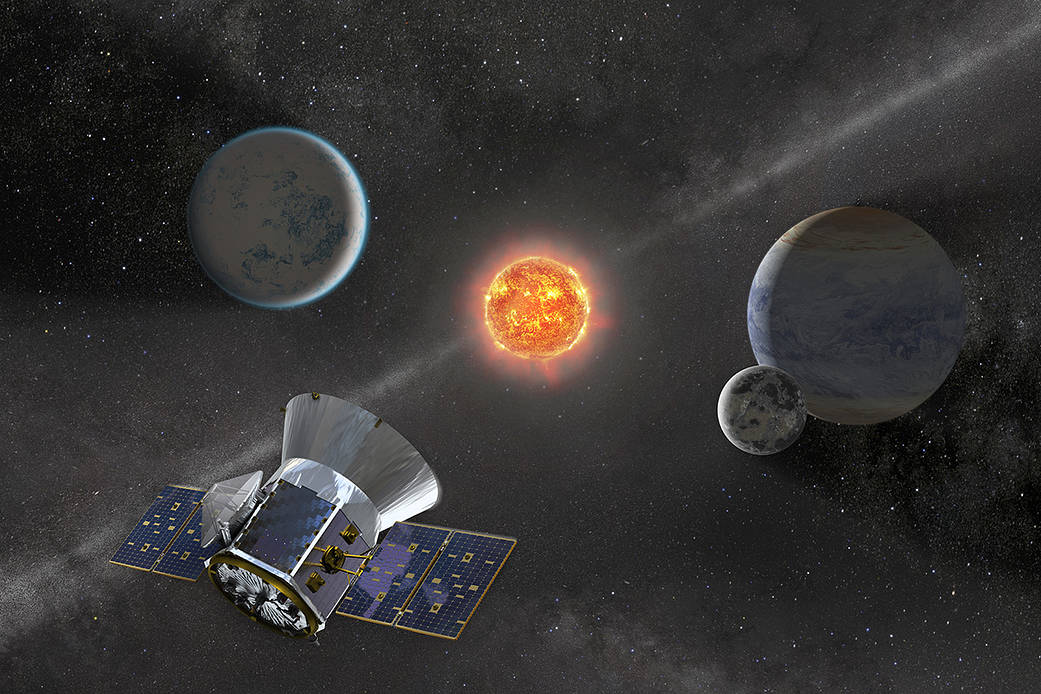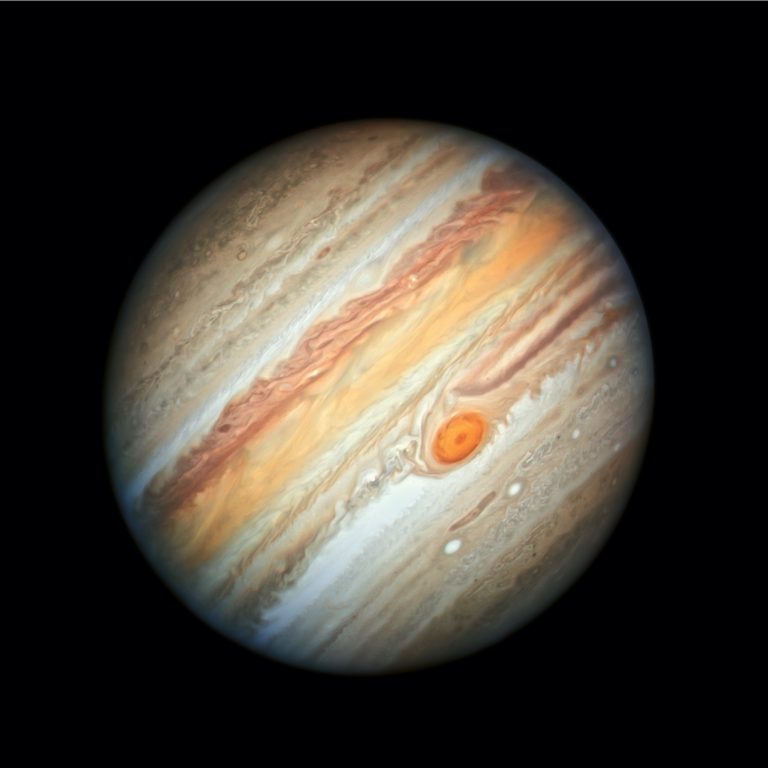In June 2027, NASA will launch the long-awaited Dragonfly mission toward Saturn’s largest moon, Titan. By 2034, the 450 kg (990-lbs) nuclear-powered quadcopter will touch down at its target landing site (the Selk crater region) and begin searching Titan’s surface and atmosphere to learn more about this curious satellite. In particular, the mission will investigate the moon’s prebiotic chemistry, active methane cycle, and organic environment. These goals underpin Dragonfly’s main objective, which is to search for possible signs of life (aka. “biosignatures”) on Titan.
For years, scientists have speculated if life could exist on Titan since it appears to possess all the necessary ingredients (though not for life as we know it). This curiosity has only deepened since the Cassini–Huygens mission, which spent thirteen years exploring Saturn and its system of moons (from 2004 and 2017). Recently, a team of Cornell researchers combined and analyzed radar images taken by Cassini to determine the properties of the surface. The result is a detailed map of the Dragonfly‘s landing site, revealing a landscape of sand dunes and broken-up icy ground.
Continue reading “NASA's Dragonfly Helicopter Will be Exploring This Region of Titan”

